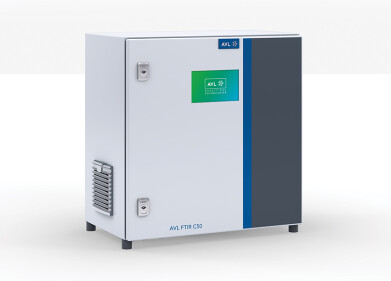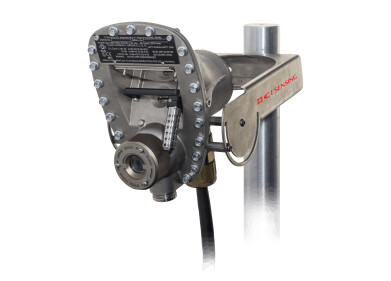Air Monitoring
How Are EU Air Quality Rules Changing?
Apr 27 2021
Air pollution has become an increasingly hot potato in political terms across Europe over recent years. Although certain improvements have been made with regard to emissions levels of a number of contaminants in countries through the EU, air quality remains one of the two biggest concerns of European citizens (alongside climate change).
This widespread awareness of the issue, alongside the promising potential that the short-term environmental implications of coronavirus have highlighted and an impending reduction in recommended concentrations of pollutants by the WHO, has prompted the EU to reconsider its air quality rules. The initial consultation period has now ended, with a second public consultation scheduled for the third quarter of 2021. Regardless of the outcome of that consultation, it’s expected that the changes will focus on the three following areas:
-
Aligning air quality standards with scientific recommendations
The WHO are widely expected to publish an updated set of guidelines for air quality concentrations for a variety of common contaminants, with much of the focus falling on the highly dangerous particulate matter 2.5 (PM2.5). Therefore, the upcoming changes to the EU’s air quality legislation are expected to reflect those amended guidelines, thus bringing legal thresholds closer into alignment with the science. Additionally, policymakers will discuss how and when that closer alignment will be achieved, as well as creating provisions within the law that allow for their fluid adaptation as the science evolves and new pollutants are discovered.
-
Improving the existing legislative framework surrounding air quality
At present, several member states of the EU regularly fall afoul of the existing legal limits on a number of contaminants. Although penalties do exist, they do not seem to be working as an effective deterrent for transgression of the rules. Therefore, the revised air quality legislation will incorporate expanded sanctions and improved means of enforcing them. As well as concentrating on penalisation of transgressive countries, this policy area will also work on harmonising how information about air quality is disseminated to the general public across member states.
-
Enhancement of air quality monitoring and modelling infrastructure
This particular area of focus will attempt to simplify and enhance the requirements surrounding the collection and analysis of air quality data. This includes adopting the latest technology in smart city air quality monitoring, as well as defining a legal framework for the quantity and distribution of sampling points throughout an urban environment. It also encompasses the collection of data on previously neglected contaminants (like black carbon and ultrafine particles), as well as the use of better modelling software and the creation of a robust air quality plan.
Help make the European Green Deal REAL!
STAY updated on the latest research, environmental legislation, methods and technologies for monitoring, analysing and testing of ambient air, click here to subscribe to a free copy of International Environmental Technology.
Digital Edition
AET 28.2 April/May 2024
May 2024
Business News - Teledyne Marine expands with the acquisition of Valeport - Signal partners with gas analysis experts in Korea Air Monitoring - Continuous Fine Particulate Emission Monitor...
View all digital editions
Events
Jul 10 2024 Birmingham, UK
Jul 21 2024 Cape Town, South Africa
Australasian Waste & Recycling Expo
Jul 24 2024 Sydney, Australia
Jul 30 2024 Jakarta, Indonesia
China Energy Summit & Exhibition
Jul 31 2024 Beijing, China


















